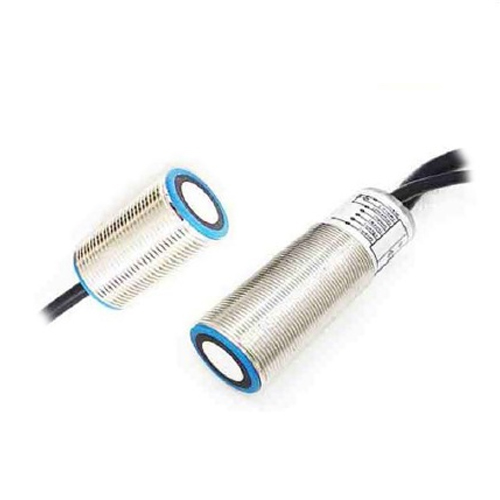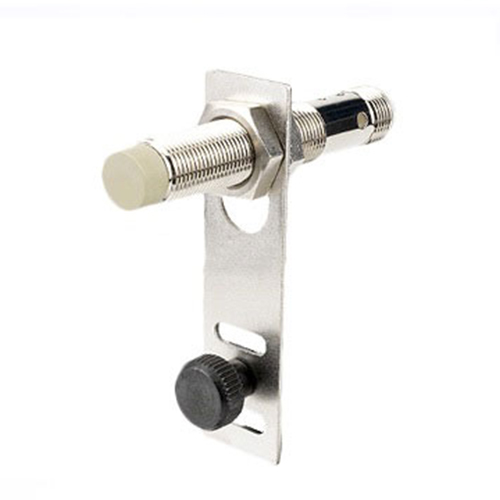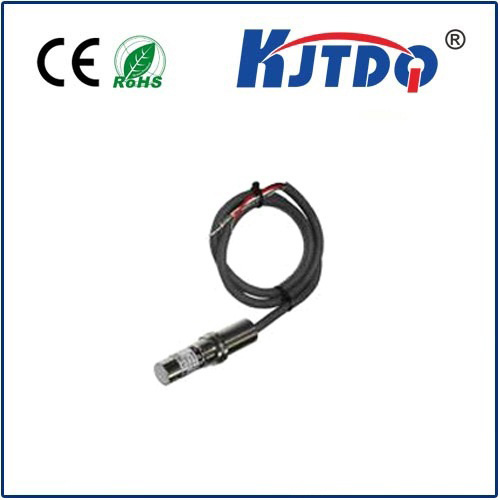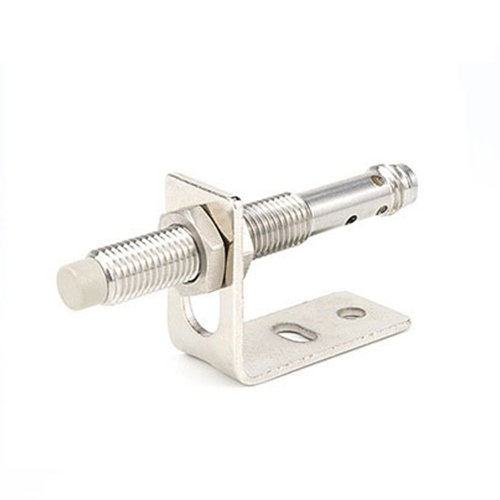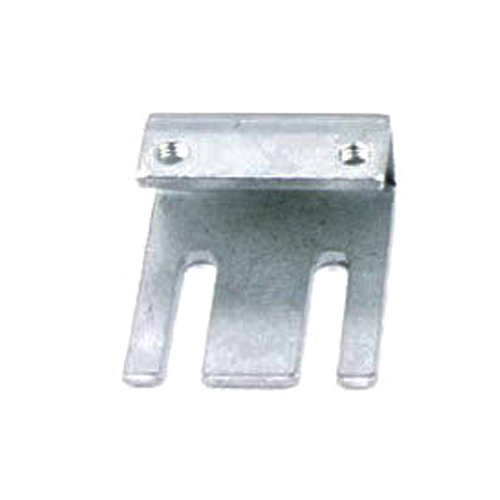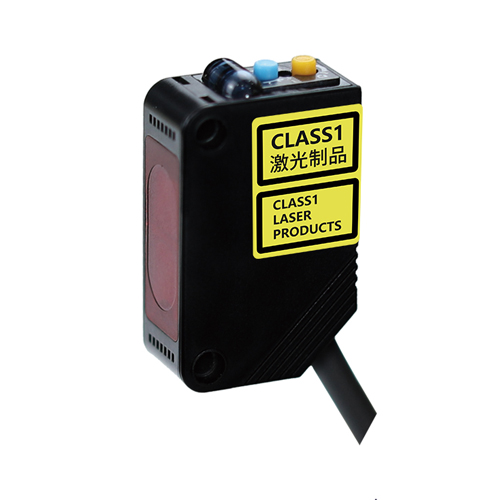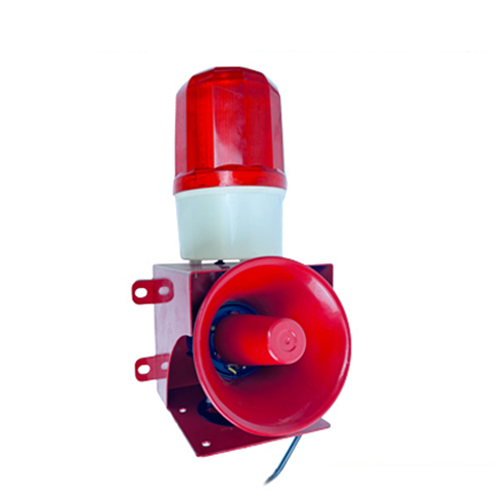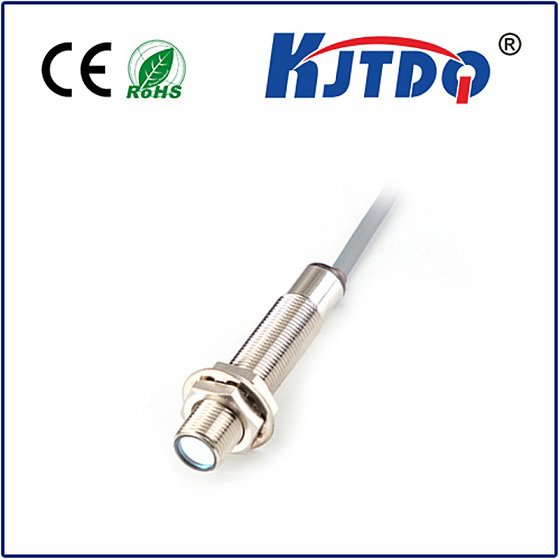hydraulic proximity position sensor
- time:2025-09-07 02:26:50
- Click:0
Hydraulic Proximity Position Sensors: Where Precision Meets Power in Fluid Systems
Imagine the immense forces at work within a hydraulic system – pistons thrusting, valves directing torrents of fluid, heavy loads gliding effortlessly. At the heart of this controlled power lies a critical need: knowing exactly where components are, instantly and reliably. Enter the hydraulic proximity position sensor. Far from being a simple accessory, this sophisticated device is the unseen orchestrator, delivering vital positional feedback that ensures these powerful systems operate with exceptional precision, safety, and efficiency.
Decoding the Sensor: How Proximity Powers Precision
Unlike traditional mechanical sensors relying on physical contact, a hydraulic proximity position sensor operates on the principle of non-contact detection. It senses the presence or precise distance of a hydraulic component, typically a piston rod, cylinder barrel, or valve spool, without touching it. This fundamental characteristic brings significant inherent advantages:
- Eliminated Wear & Tear: No physical contact means no friction, dramatically reducing sensor wear and extending operational lifespan significantly, especially under the intense conditions often found in hydraulic applications.
- Enhanced Reliability: With no moving parts to jam, stick, or break, proximity sensors offer superior resilience against shock, vibration, and the ever-present hydraulic fluid contamination.
- Zero Mechanical Load: Their non-invasive nature ensures the sensor places no drag force on the moving components it monitors, preserving system responsiveness and accuracy.
- High Speed & Repeatability: Proximity sensors excel at detecting rapid movements with exceptional consistency, crucial for fast-acting hydraulic valve positioning feedback or high-cycle cylinder operation.
Core Technologies: Sensing the Unseen

Several robust sensing technologies are adept at handling the demands of hydraulic environments:
- Inductive Sensors: The workhorse for metallic targets (like steel piston rods). They generate an electromagnetic field. When a metallic target enters this field, eddy currents induce a measurable change, signaling position. Their robust construction makes them ideal for heavy machinery exposed to dirt and grime.
- Capacitive Sensors: Detect both metallic and non-metallic targets by sensing changes in electrical capacitance between the sensor and the target. This versatility is useful in applications involving non-metallic cylinder components or fluid level detection within a hydraulic reservoir (though not direct rod position). They can be sensitive to environmental contaminants like oil films.
- Magnetostrictive Sensors: Offer unparalleled absolute position accuracy over long stroke lengths. A position magnet moves along a waveguide inside the sensor barrel. An electrical pulse creates a torsion wave; the magnet’s position is determined by the time it takes for this wave to travel back. Renowned for high precision (±0.1mm common) and resilience in dirty environments.
- Hall Effect Sensors: Detect the presence and strength of magnetic fields. Often paired with a magnet embedded in or attached to the hydraulic component (e.g., piston). Changes in the magnetic field correspond to position changes. Excellent for compact spaces and offering good speed and reliability.
The Strategic Advantages: Why Proximity Sensors Rule Hydraulics
Choosing a proximity position sensor translates into tangible operational benefits for hydraulic systems:
- Unmatched Reliability & Longevity: The absence of mechanical contact is a game-changer. Sensors withstand millions of cycles with minimal degradation, drastically reducing unplanned downtime and maintenance costs. (Data Point: Studies often show mean time between failures (MTBF) exceeding 100,000 hours for quality proximity sensors under proper conditions).
- Enhanced System Precision: Continuous, high-resolution feedback enables closed-loop control systems to make minute, real-time adjustments. This is critical for applications demanding high accuracy – think robotic arms positioning loads precisely or injection molding controlling ram speed to micron levels.
- Broad Environmental Resilience: Engineered to thrive in the hydraulic world: impervious to oil, grease, water spray, dust, and significant temperature fluctuations. High protection ratings (like IP67 or IP69K) are standard, ensuring performance despite harsh washdowns or outdoor exposure.
- Simplified Integration: Many sensors offer flexible mounting options (threaded barrels, brackets) and various output signals (analog voltage/current, PWM, IO-Link, digital protocols) allowing seamless integration into diverse hydraulic control architectures alongside PLCs or dedicated controllers.
- Critical Safety Assurance: Providing continuous, reliable feedback on cylinder position or valve state is fundamental for preventing dangerous situations like collisions, unintended movements, or pressure spikes that could cause catastrophic system failure.
Where Precision Meets Power: Key Applications
Hydraulic proximity sensors are ubiquitous across industries relying on controlled force:
- Mobile & Construction Machinery: Enabling precise boom/arm positioning and tilt control on excavators, loaders, and cranes. Feedback ensures smooth, controlled operation and enhances safety.
- Industrial Hydraulic Presses & Molding Machines: Critical for controlling ram position and speed with high repeatability during pressing, stamping, or injection cycles, directly impacting part quality and cycle time.
- Material Handling: Monitoring lift cylinder extension in forklifts and automated guided vehicles (AGVs) for accurate stopping heights and load positioning.
- Agricultural Equipment: Controlling implement height, steering angle feedback, and header positioning on combines and sprayers, optimizing field operations.
- Valve Spool Position Feedback: Providing real-time confirmation of directional or proportional valve spool position, crucial for accurate flow control and system response.
- Test & Simulation Rigs: Delivering high-fidelity position data for performance validation of hydraulic components and systems under development.
Implementing for Success: Key Considerations
Selecting and installing the right sensor ensures peak performance:
- Target Material: Inductive requires ferrous metal; capacitive needs conductive materials; magnetostrictive and Hall Effect require a magnet. Choose the technology compatible with your specific moving part.
- Required Accuracy & Resolution: Is absolute position critical (±0.1mm), or is binary presence/simple distance sufficient? Magnetostrictive offers the highest precision.
- Mounting Constraints & Environment: Consider available space, temperature extremes, potential chemical exposure, and required ingress protection (IP rating). Ensure the sensor body material (stainless steel common) is compatible.
- Output Signal: Match the sensor’s output (e.g., 4-20mA analog, IO-Link, CANopen) to your controller’s input capabilities. IO-Link offers significant advantages in configuration flexibility and diagnostics.
- Robust Wiring & Protection: Use shielded cables and ensure connectors are securely fastened and protected against damage from vibration, abrasion, or accidental impact. Route cables away from high-voltage lines to minimize electrical noise interference.
By providing reliable, non-contact position feedback, hydraulic proximity position sensors are indispensable for unlocking the full potential of modern hydraulic systems. From automated factories to rugged construction sites, they deliver the precision, durability, and intelligence needed to master the immense power of hydraulics, ensuring safe, efficient, and high-performance operation across countless demanding applications. Regular inspection and adherence to installation best practices maintain their critical role as the silent guardians of hydraulic precision and reliability for years to come. The evolution towards smarter sensors with integrated diagnostics and predictive capabilities further enhances their value proposition as Industry 4.0 adoption accelerates within fluid power systems.






